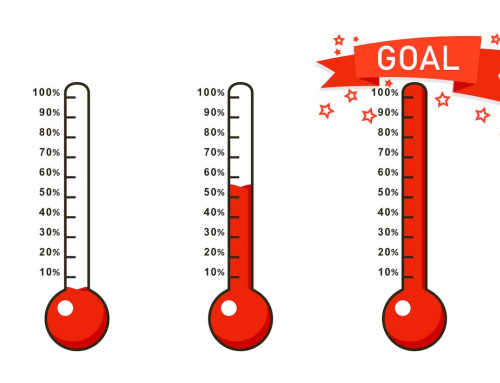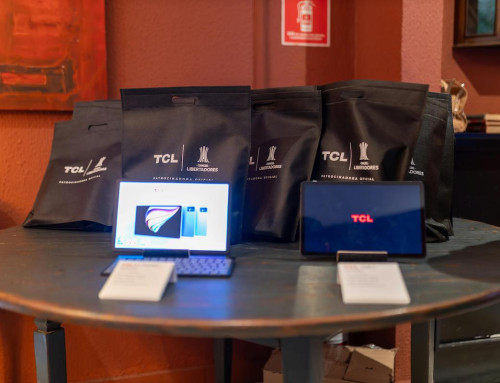Subscribe to receive updates when we publish new and interesting content.
“Data is at the core of everything we do. It helps us make strategic decisions, it informs our messaging and outreach and it often helps us to tell our story” TJ Rawlinson, Director of Development & Alumni Relations, Cardiff University, UK.

What to Measure
When asking the question of what is a measure of success in alumni relations, the department’s strategy and the institution’s goals as a whole should be considered. Is ‘engagement’ the right measure? Is it a goal? How is engagement measured? Is it volunteer hours or event attendance? What about email open rates or donations?
Whilst these are all important metrics to consider, an institution must first define what it wants from its alumni. Fundraising departments will use metrics like the number of meetings held and the amount of money raised, but measuring engagement is probably the most effective product that an alumni relations team can generate to add value to the rest of the university.
Christian Propper, Head of Development – Marketing and Insights at the University of Oxford, UK argued that telling a story, demonstrating progress and showing how alumni are getting more engaged are factors institutions can use and can help prioritise ways of generating yet further engagement.
Gethin James, Head of Strategic CRM at UCL, UK noted that engagement is usually portrayed as a counter to an income metric but argued that it is more often not the opposite, but more a means towards an end, or in fact, many different ends. An institution may have goals focussed on marketing, recruitment, campaigns and research and these are all things that one can drive engagement towards. So the first question an institution can ask itself is, ‘What are we trying to achieve?’ and ‘How will we know if it is successful?’

Which comes first? The data or the action?
Data from Cardiff University showed that the institution saw most engagement from younger alumni, which suggested that their planned regular giving campaign may not be as effective as hoped due to the lower engagement in older age groups. This is an example of where having the data first can help form ideas and plan outcomes effectively.
Gethin argued that data sets are rarely a clear cut scenario and that if an institution does not have the data, the most important next step is to start off small, run test campaigns and make incremental changes accordingly as fresh data is generated. “Interrogate what you think you know is true. Don’t assume that event attendees or volunteers will automatically become donors”.
Christian Propper shared some data from a grammar school in New Zealand. They gave 20 years worth of fundraising data to a data analyst to calculate the influence of each engagement variable on the likelihood of someone to donate. The results showed that the likelihood of becoming a donor increased by:
- 327% per event attended
- 288% per email communication
- 41% if they read a high proportion of school emails
- 47% if they had an award or honour whilst at school
- 280% if they took part in the community business directory
- 335% if they’d viewed the fundraising information on the school website
- 200% if they viewed the archives

What is the next best action?
Generally, the common approach to marketing is to start with a product that you have, look at your audience and then decide who are the most appropriate audience members to receive communications around that product. More often than not you will find that it will generally be the same audience members who are the best people to hear about a variety of products. Those audience members will be the ones who show a higher level of engagement than others.
This group of people will then start to receive a large volume of communications for a variety of products that you have to offer.
The model of ‘next best action’ changes this thought process, focussing on the person receiving the communications, rather than the product itself. Gethin James argued that it is problematic that institutions teams are often based around the product rather than the person. He also argued that institutions should use the data to identify what the next best communication is, rather than just sending communications because the alumni have a proven history of engagement. If an institution does not have enough alumni behavioural data to do this, it was argued to start small, use a test cohort, and progress from there.
Conclusion
The panel argued that whatever an institution does, it should find a way to record the behaviour that its alumni are exhibiting. This will help drive the university forward.
Gethin James added that if an institution has in house data specialists, tell them what the universities goals are and ask how they might help track and monitor these.
Aluminati was proud to sponsor the Alumni Relations Institute 2021 conference hosted by CASE. Held in February 2021, it featured talks covering various topics, with panels of industry leaders and experts leading the conversations. This is the fourth in a series of articles from this conference. Check out the previous article in this series Maintaining Alumni Engagement During a Pandemic.
Subscribe to receive updates when we publish new and interesting content.





